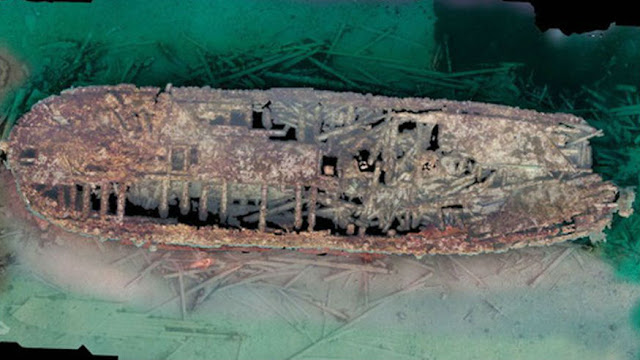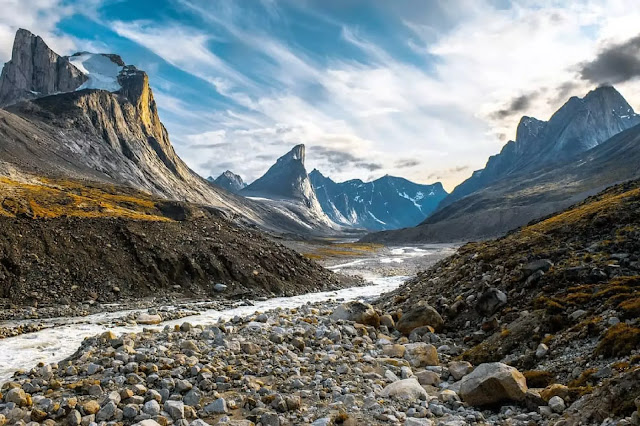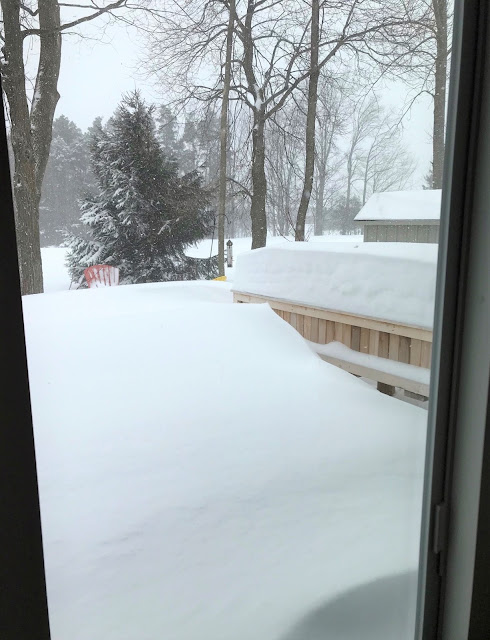I started this as an attempt to show the racism toward Canada's native peoples as well as our black population, but there are so many ideas and snippets of history roaming around in my head it's all a big jumble. So this is my first attempt to sort it out. I'll be interested in your comments. And if it's just too much information for you, I won't know if you just skip it!
The Royal Proclamation of 1763 was issued by King George III after the first Treaty of Paris in 1763 that ended the French Indian War, the North American theatre of the Seven Years War between Britain and France. If you're like me until a few weeks ago, you've never heard of it. Yet it set up the foundation for the betrayal of native peoples on the continent ever since.
The French and Indian War was far more significant for Canada than for the U.S., though it started when a young 22-year old George Washington, then a commander in the British army, led a force to capture Fort Duquesne at the junction of the Ohio and Allegheny Rivers, where modern Pittsburgh stands.
On the Canadian side, British forces from Massachsets under General Wolfe captured Quebec City (above) and thereby took over New France. Montreal fell the following year and a vast chunk of territory north and west of the 13 American colonies became British North America. Along the way the British kicked the Acadians out of Nova Scotia and some of those ended up in New Orleans, bringing their 'Cajun' culture with them.
The French had had far more Indian allies than the British and after the war some of those feared loss of their lands to the British, a fear that spurred Pontiac's Rebellion during the summer of 1763. In response King George III issued the Royal Proclamation to try and assure the natives of British protection and to draw a line between the natives and increasingly hostile would-be American settlers. In it the natives were promised all the lands west of the Appalachians, all the way to the Mississippi, a promise that would quickly be impossible to keep of course.
The west portion of the Mississippi watershed, west of the river itself, that the British theoretically gained from the French, was given to Spain to compensate them for the loss of Florida. This is the land that would later become the Louisiana Purchase. The map of North America was totally redrawn!
A bigger impact of the war in the long term was to massively increase both the French and British debt. In France this was a grievance leading to the French Revolution, and in the Thirteen Colonies the tax burden to pay it off contributed to the American Revolution. The Boston Tea Party was the most obvious protest of Americans against those British taxes.
But I'm getting off-track. To get back to the Royal Proclamation, the actual wording is important. As quoted in the Canadian Encyclopedia:
".... whereas it is just and reasonable, and essential to our Interest and the Security of our Colonies, that the several Nations or Tribes of Indians, with whom We are connected, and who live under our Protection, should not be molested or disturbed in the Possession of such Parts of Our Dominions and Territories as, not having been ceded to, or purchased by Us, are reserved to them,..."
On the American side of the border of course this went completely out the window 20 years later when the second Treaty of Paris ended the American Revolution. The west was thrown open to settlers and a policy of Indian Removal was implemented, moving the natives further west to allow for settlement. Specific forced removals remembered as the Cherokee Trail of Tears and the Potawatomi Trail of Death illustrate this policy.
The latter is of particular interest here in Ontario because the Potawatomi were members of the Council of Three Fires with the Ojibwe, who now live near here. Some members of the Potawatomi were able to escape the march west from Indiana and joined the Ojibwe here, descendants of whom live on reserves west of Owen Sound.
On the Canadian side of the border the royal Proclamation was both a promise and a threat. On the positive side it recognized that the native tribes or 'nations' (remember that word, it will be important later) had possession of their lands and associated rights like hunting and fishing. It forced the British crown to negotiate treaties with each nation before settlement could occur. This meant that settlers would only get their land from the government, not by simply displacing natives.
On the threat side, though perhaps unrecognized at the time, it set up a process through which the British crown could acquire all that native land for settlement. The natives interpreted those treaties as promising to 'share' their land, like the peace and friendship treaties they had been negotiating between tribes for hundreds of years. The British saw the treaties as purchasing the native lands, to be used as the purchaser, the crown, deemed appropriate. Eventually those treaties would push Canada's indigenous peoples onto 'reserves', relatively tiny parcels of land where they were left to struggle for survival.
After Confederation and Sir John A. MacDonald's promise to build a railway to the Pacific, there was an enormous push to sign treaties across the prairies. Settlers were pushing west in Canada and south of the 49th parallel Americans were pushing across the continent. Eleven numbered treaties were signed (below) that pushed native tribes all across the prairies onto small reserves.

















































